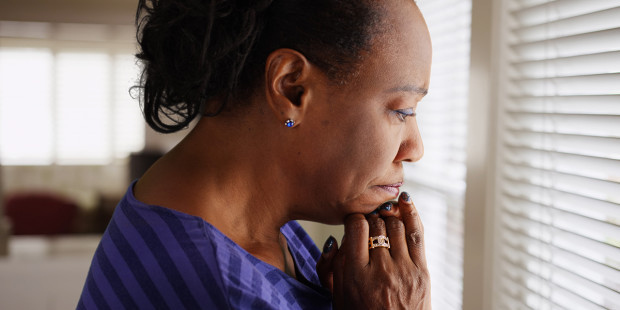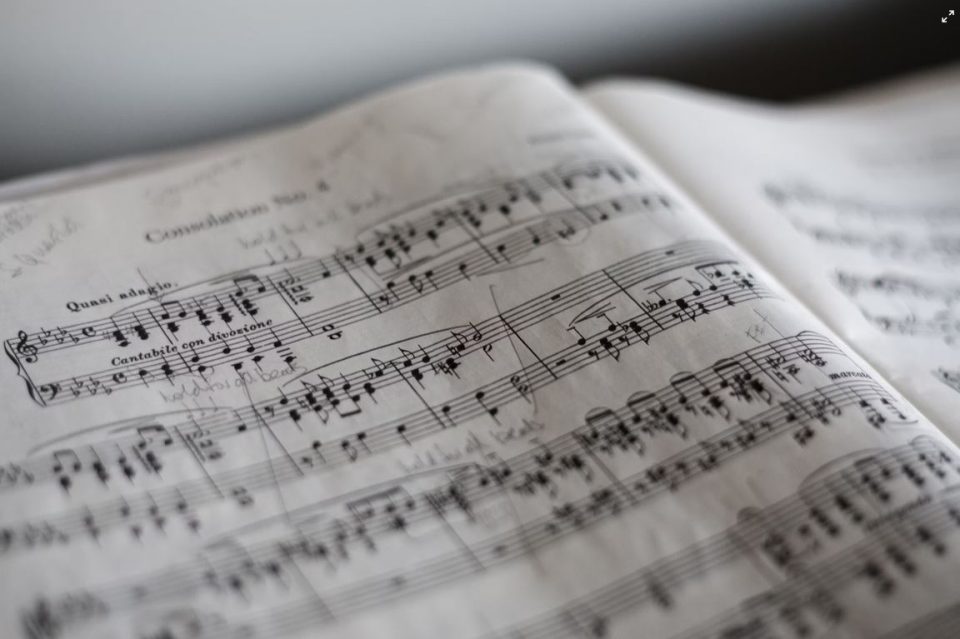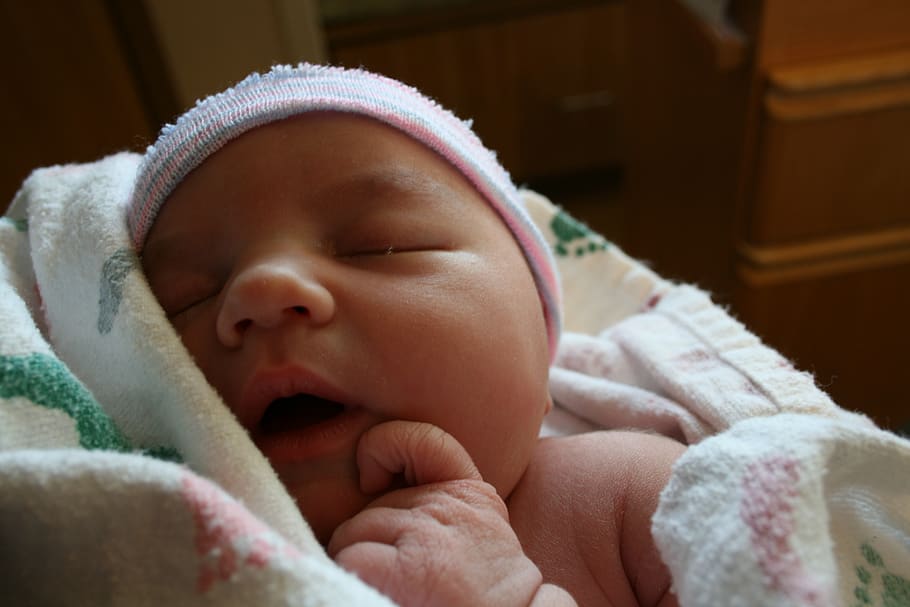The key is to allow yourself to feel the negative emotions.
 I’m writing this from Texas, where my family evacuated to escape Hurricane Irma. Although our little town bore the brunt of the storm’s wrath and we are anxiously awaiting news of damage to our home, all my friends have reported that they made it through the storm safely. In fact, thus far our county has had no reports of loss of life or injuries.
I’m writing this from Texas, where my family evacuated to escape Hurricane Irma. Although our little town bore the brunt of the storm’s wrath and we are anxiously awaiting news of damage to our home, all my friends have reported that they made it through the storm safely. In fact, thus far our county has had no reports of loss of life or injuries.
I’m holding these two things together as my husband and I try and figure out when the roads will be passable for us to return and begin the task of rebuilding. I saw our community come together in a beautiful way before and during the storm, and being separated from them as the eyewall took out power and cell signal was more distressing than I anticipated. I didn’t realize how much we loved Ave Maria until it was threatened.
So there’s a weird cognitive dissonance going on. I’m anxious about damage and the cost of repairs, but eager to get back home to our community and start the process of rebuilding together. I’m even strangely happy, which according to several psychologists, isn’t strange at all:
“Acknowledging the complexity of life may be an especially fruitful path to psychological well-being,” according to psychologist Jonathan Adler of the Franklin W. Olin College of Engineering. He feels happiness can come from noticing and embracing a wide spectrum of emotions — both good and bad.
… For example, someone might say, “I feel sad because of the recent losses in my life, yet I am also happy and encouraged to be working through them for a positive outcome.” According to Adler, “Taking the good and the bad together may detoxify the bad experiences, allowing you to make meaning out of them in a way that supports psychological well-being.”







